Musings in Ladakh (with a Leica M9P)
By Hector Ramos – His website is HERE
In March 2012, I travelled to Ladakh with my wife and sister-in-law for one week. We flew for an hour and 20 minutes from Delhi to Leh (3524 meters altitude). The surrounding peaks were snowbound and the roads leading to Leh were closed due to winter conditions. Our guide, Norboo, picked us up from the airport and brought us to our hotel which was allegedly used by Brad Pitt when he was doing a shoot for Seven Years in Tibet. We were told to lie down and rest for a day to acclimatize. After a few hours of rest, the ‘photographer’s itch’ got the better of me and I decided that the discomfort due to high altitude would not prevent me from going out sans my napping companions. My guide took me for a drive to nearby mountain passes and a few Buddhist Stupas and monasteries where I started taking pictures.
We were told later that visiting Ladakh in winter aggravated the effects of acute mountain sickness (high altitude sickness) due to lack of leaves on trees and plants which reduced the oxygen available for respiration. I do not know how true this is but we had difficulty sleeping due to mild headache, dizziness, breathlessness and fatigue. My wife had to be taken to the army hospital in the middle of the night and to another physician the next day. Luckily, her symptoms subsided and we were able to explore the different gompas or Buddhist monasteries. It was a delight to roam inside the monasteries at a time of the year when there are not many tourists. We took a particular liking to Thiksey Gompa (affiliated with the Gelug sect) which houses a beautiful 49-foot statue of Lord Maitreya, the future Buddha. We also visited Hemis monastery which is connected to Naropa (the teacher of Marpa-who is the teacher of the famous Milarepa), and one of the main centers for the Kagyu sect of Buddhism. It houses a large, intimidating statue of Lord Padmasambhava. We visited other beautiful monasteries with interiors adorned with colorful paintings and statues of Buddhist deities and important teachers. Our guide happens to live in a small village known as Alchi. The one-and-a-half hour drive from Leh to Alchi was spectacular with snow-capped high mountain passes and a stop at a monastery with a sweeping panorama of the Himalayan peaks. The monastery in Alchi from the 12th century has some of the most beautiful Indo-Tibetan , Buddhist-Hindu art and iconography. It contains very impressive 13 to over 15 feet of colorfully painted wooden statues of three Bodhisattvas: Maitreya, Avalokiteshwara and Manjushri. Unfortunately, photography is not allowed.
My favorite travel camera is the Leica MP which I usually shot with Fujichrome Velvia slide film or Tri-X 400. However, during this trip I decided to bring along the digital Leica M9P and shot it side by side with the MP. Below are some of the photos from the M9P. It’s been almost five years since that trip and I must confess that my slide film pictures (even though I much prefer them) are still well preserved in boxes, not yet sorted out. not yet scanned and cannot be shared! (Only one photo had been scanned, printed, framed and sold.) Digital truly has some advantages, the ease of sharing photos being one of them.

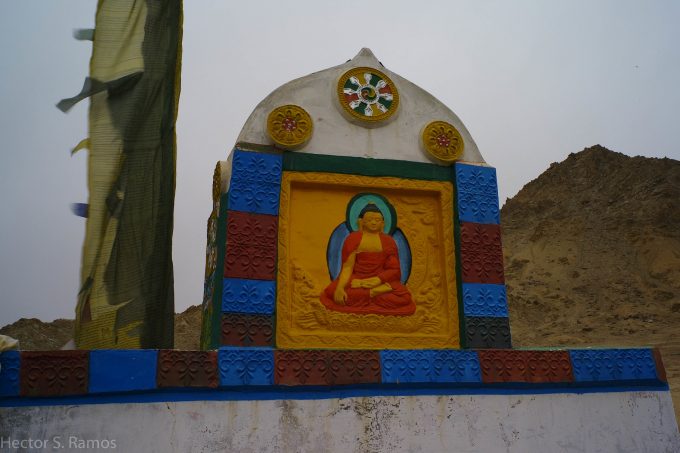
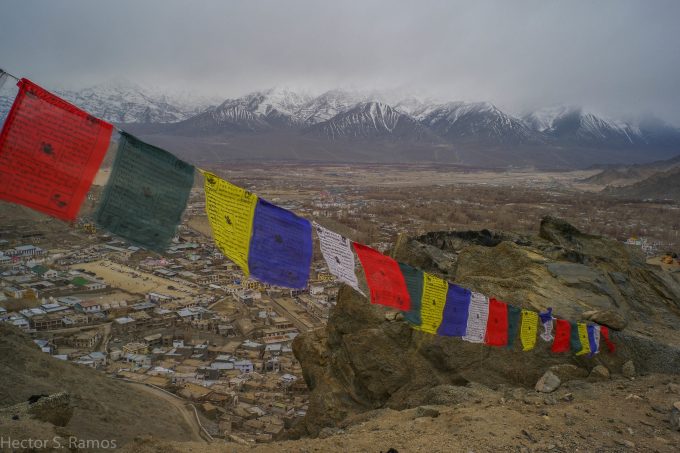
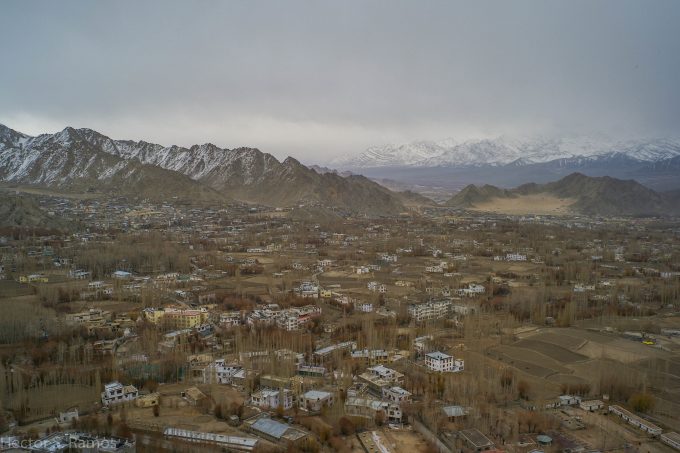
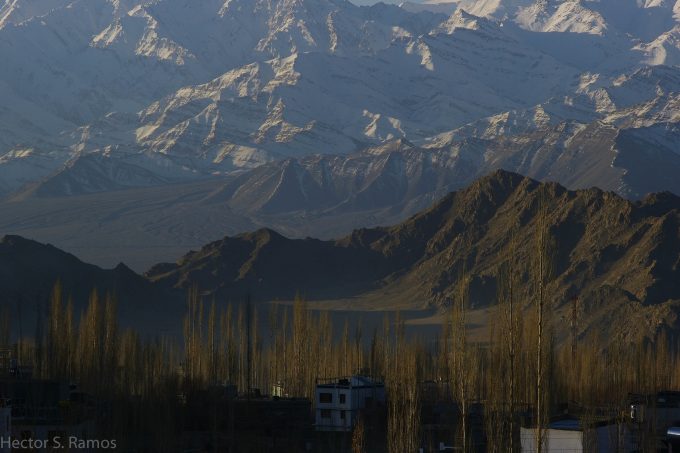
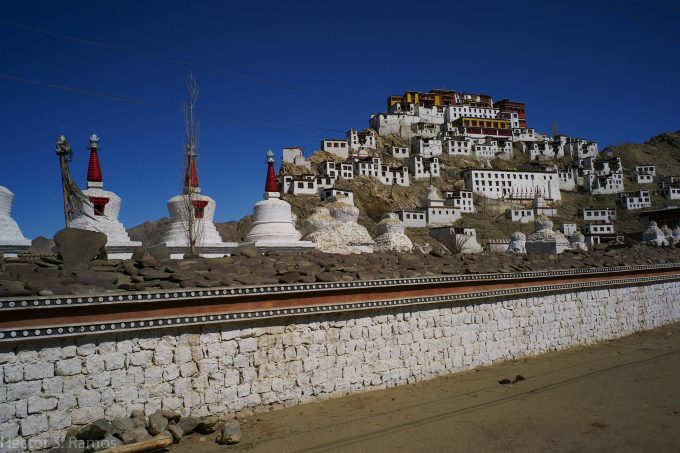
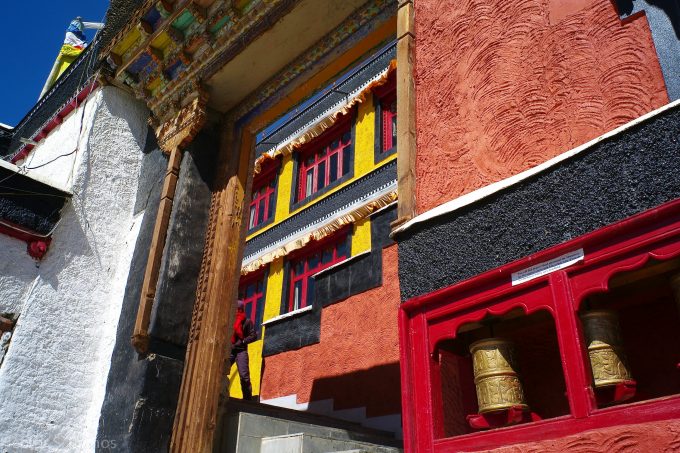
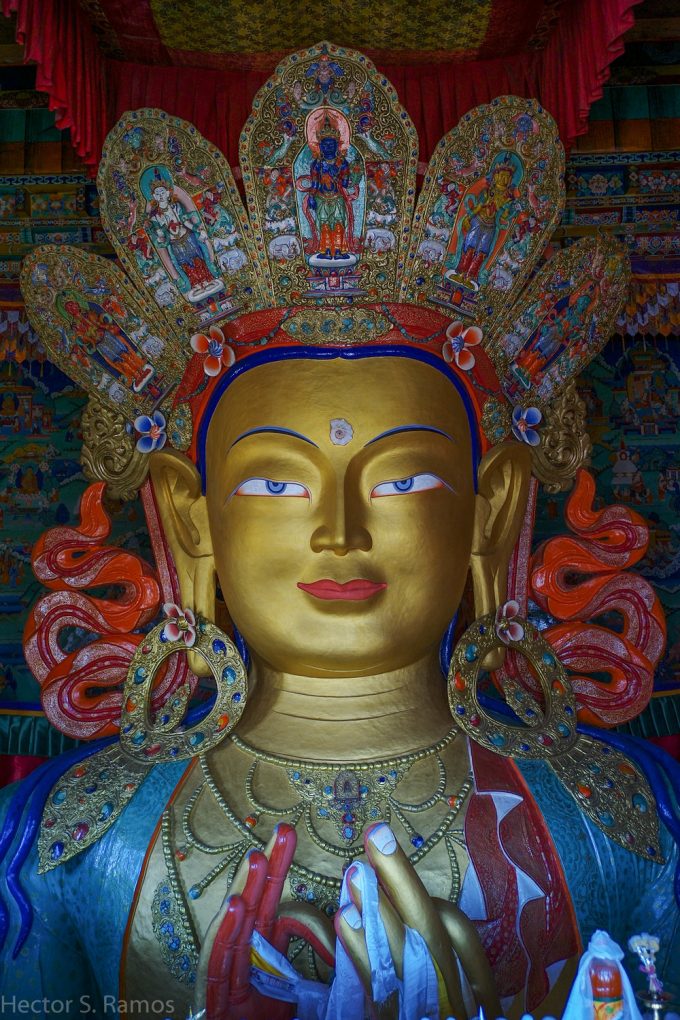
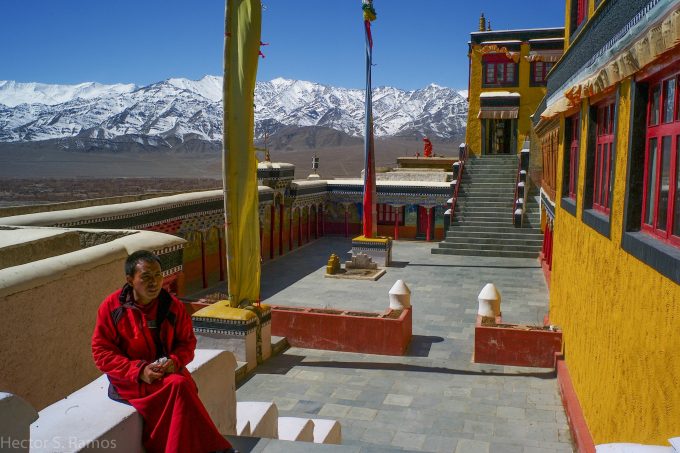
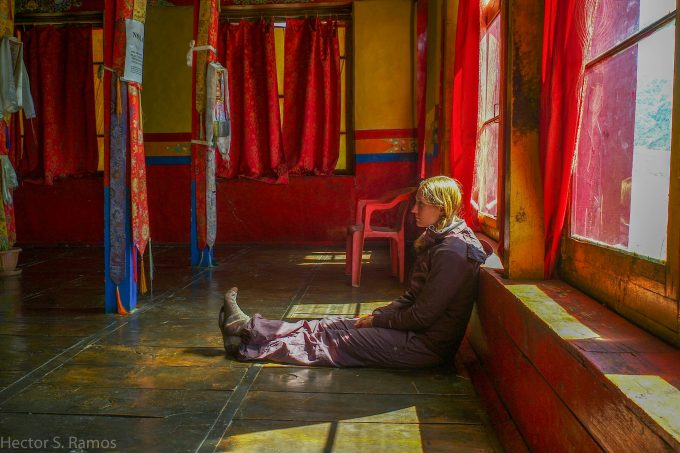
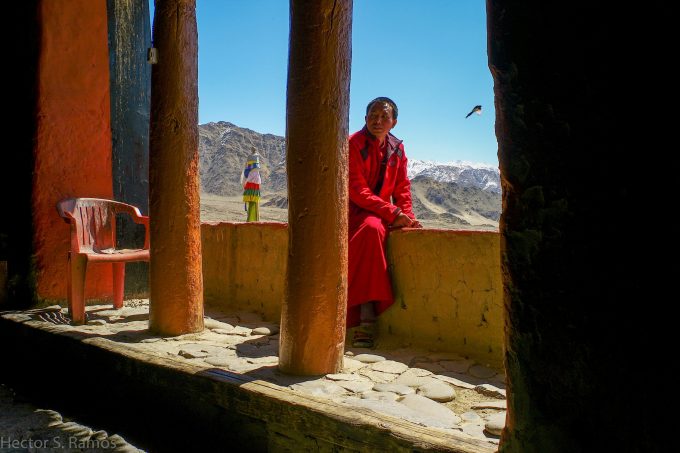
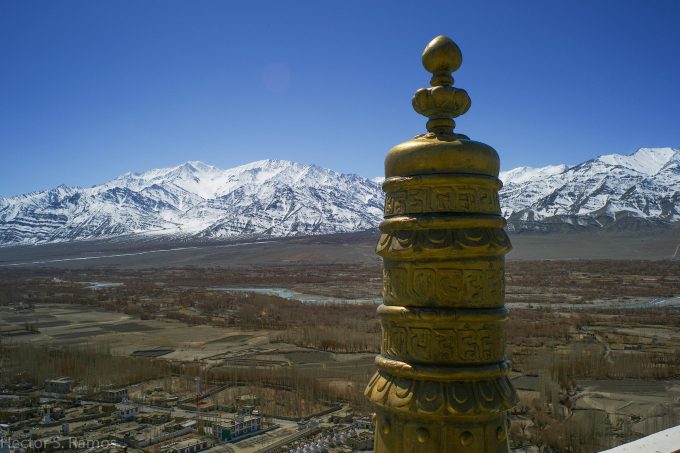
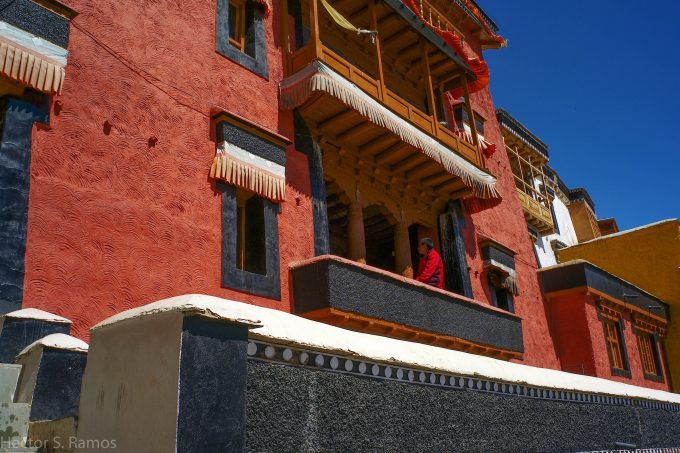
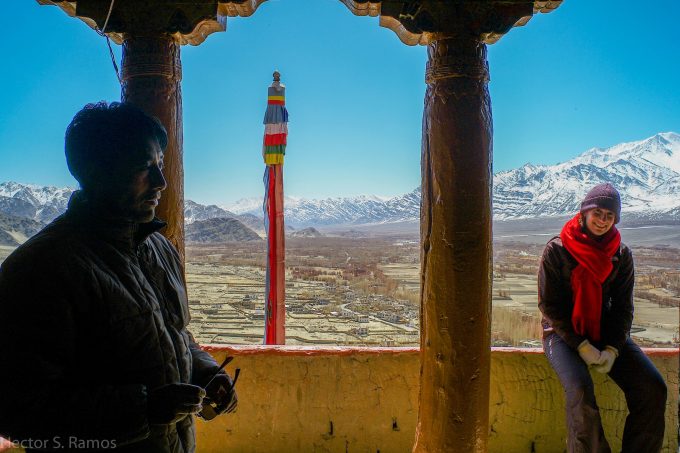
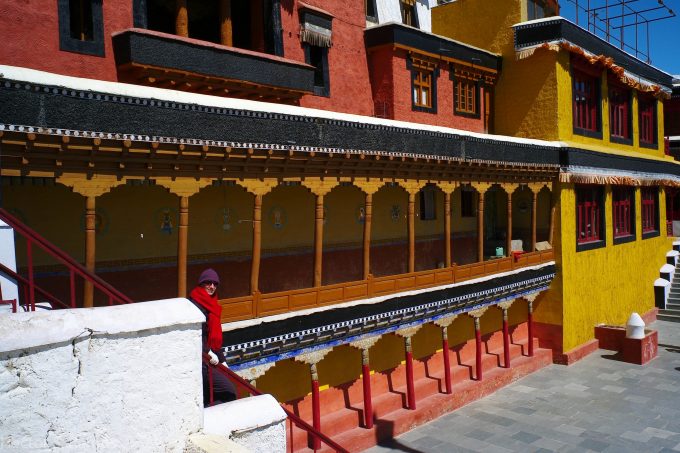
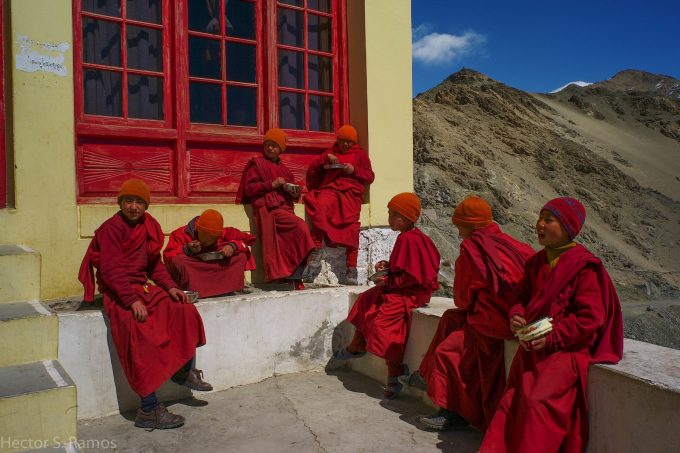
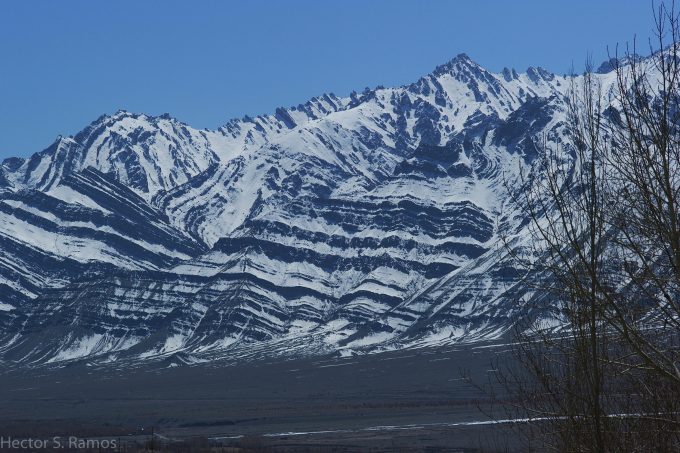
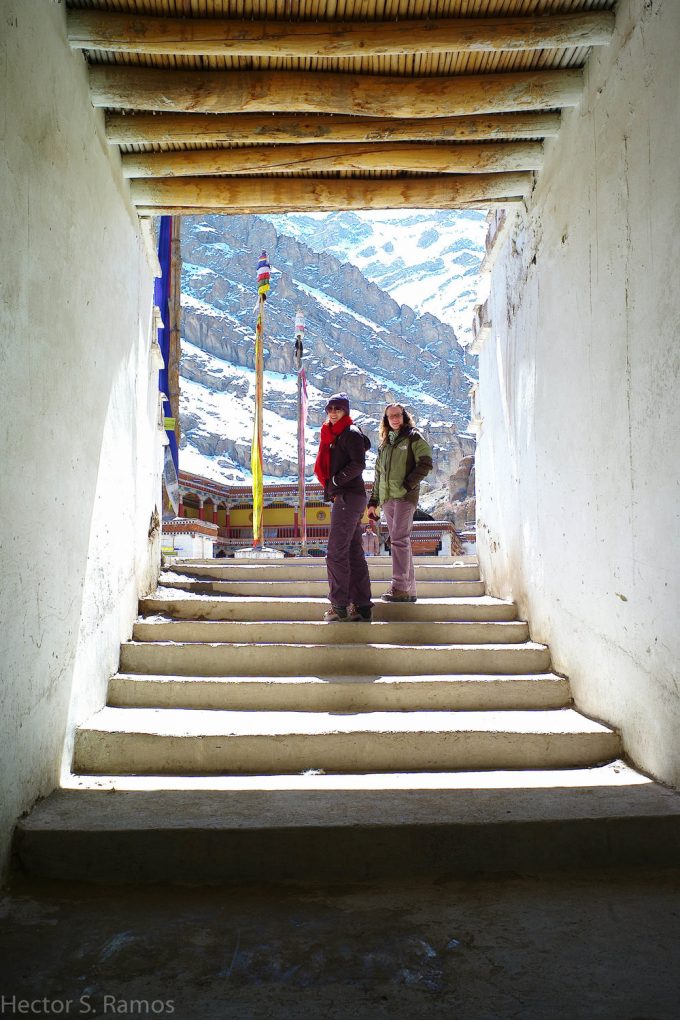
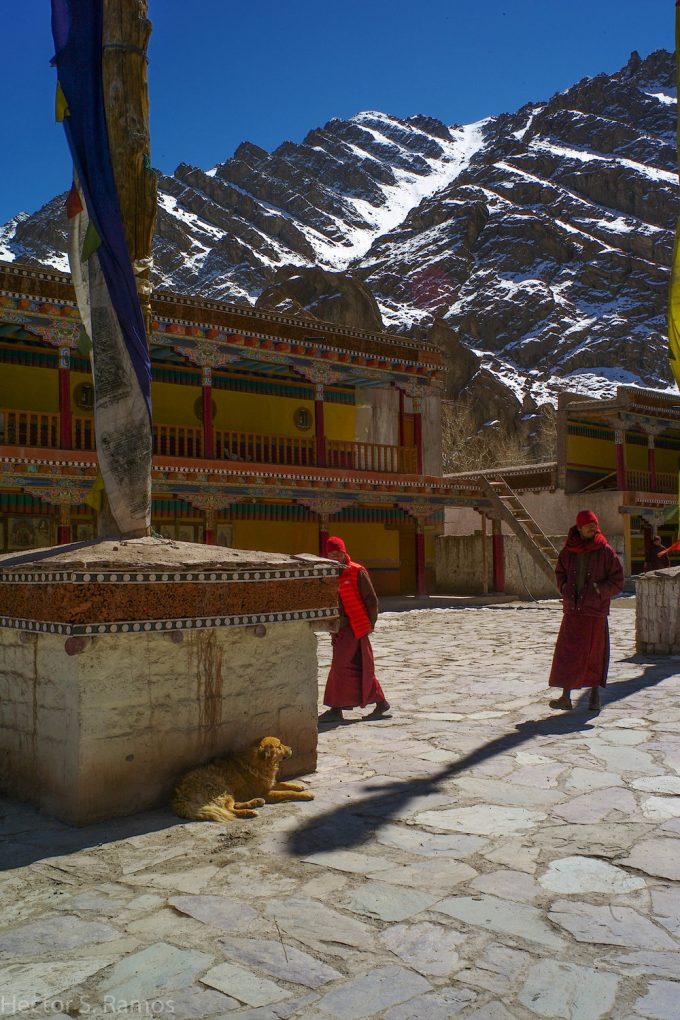
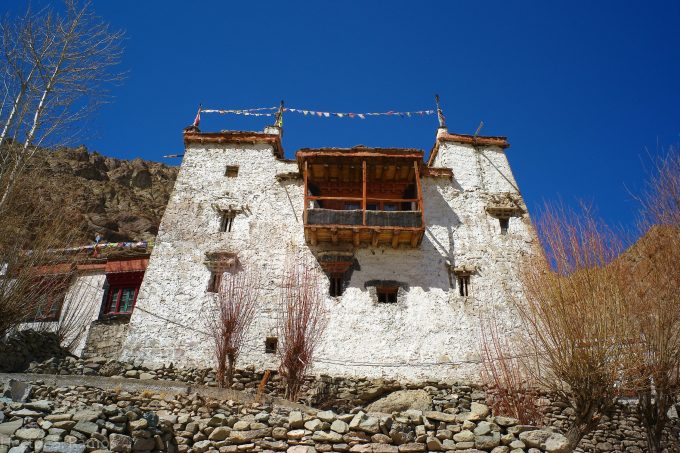
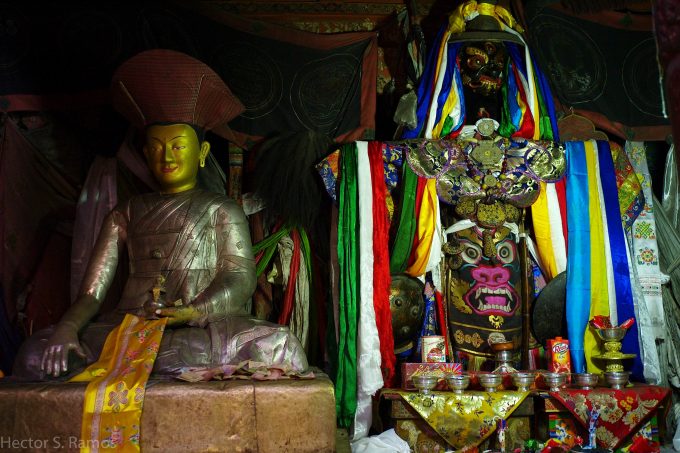
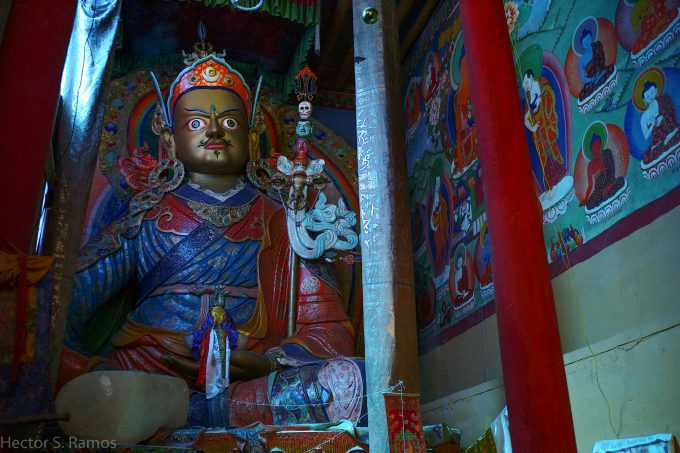
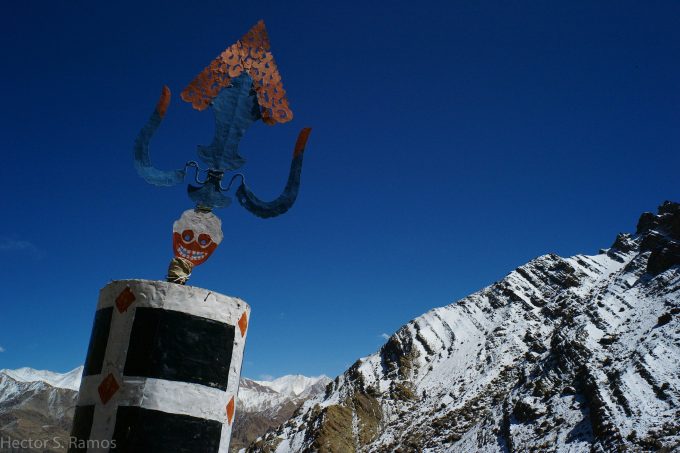
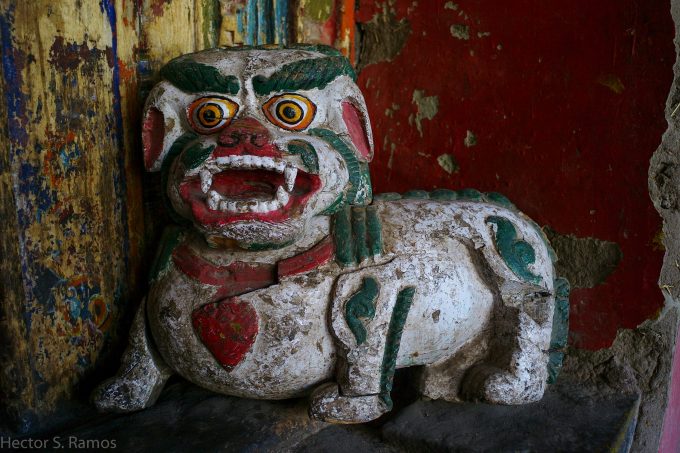
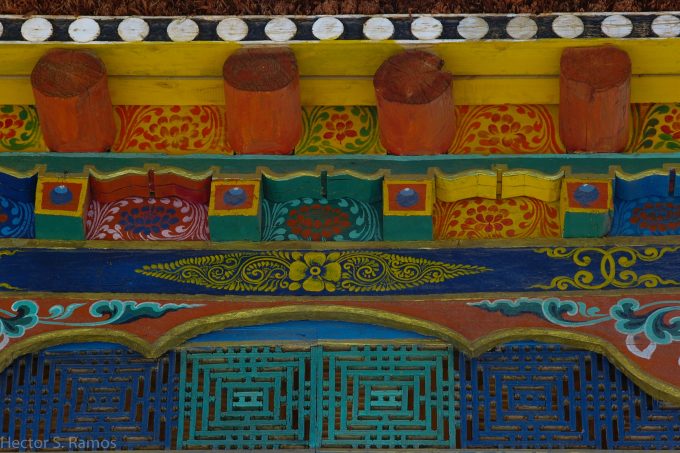
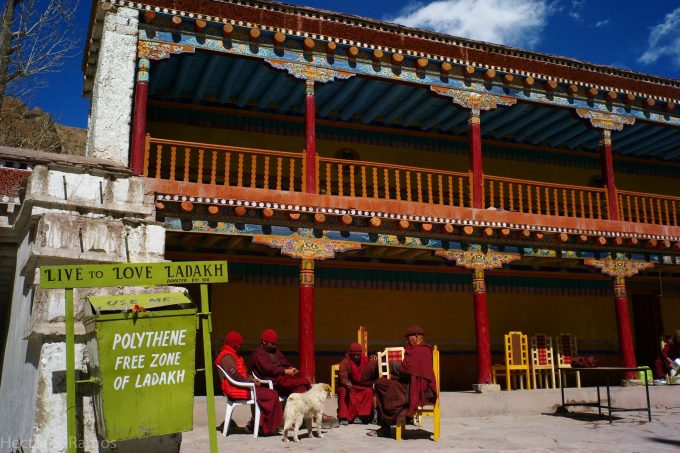
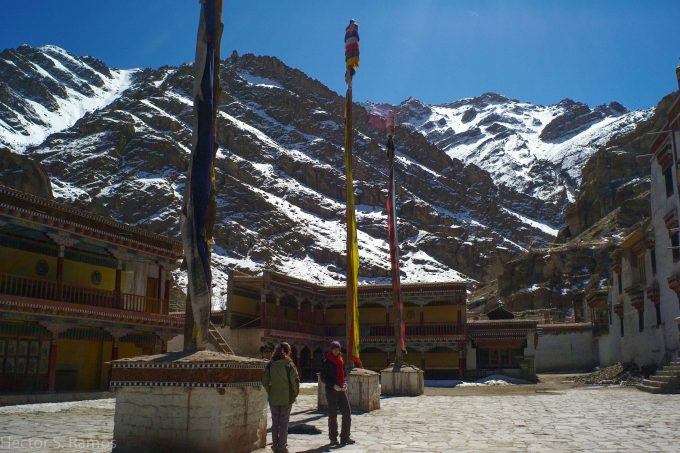
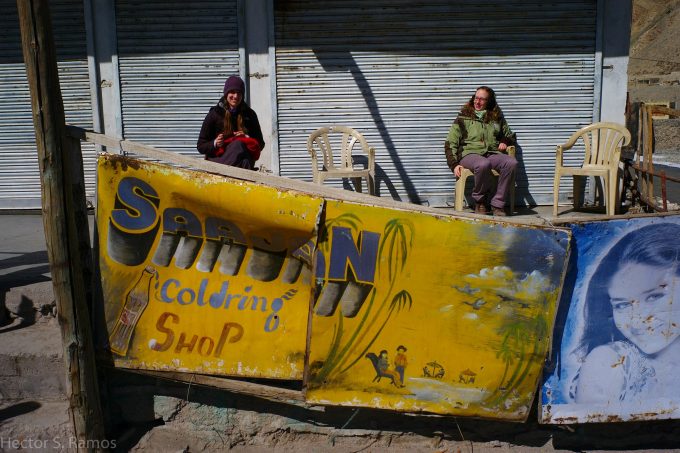
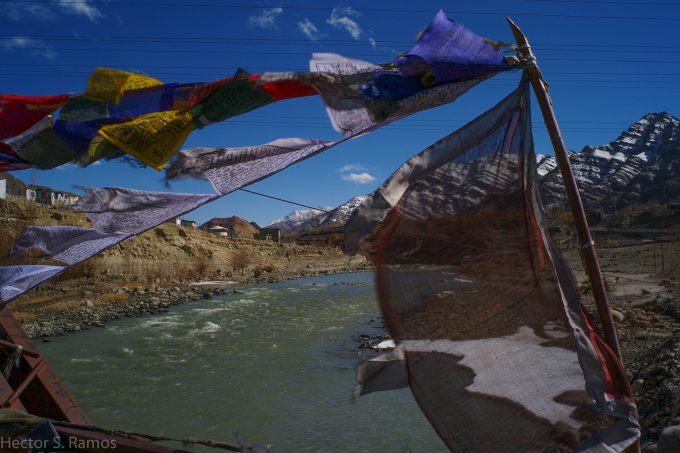
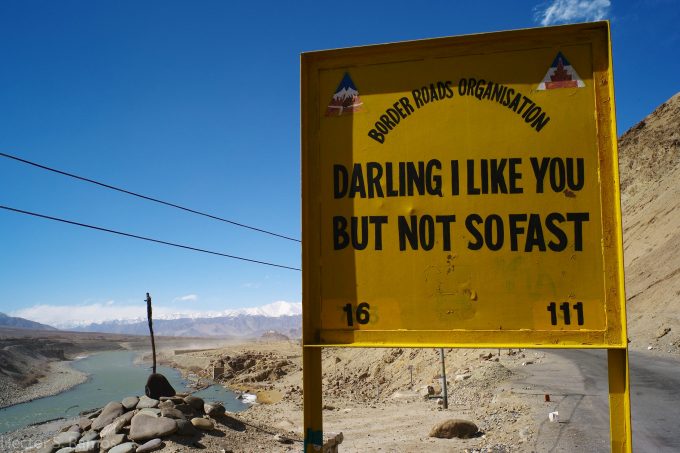
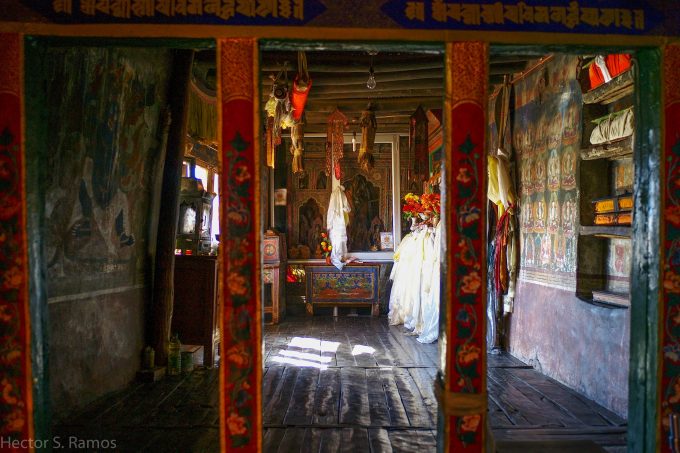
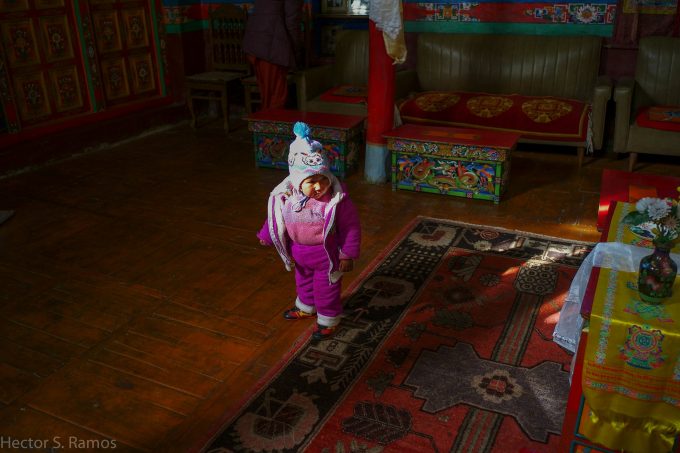
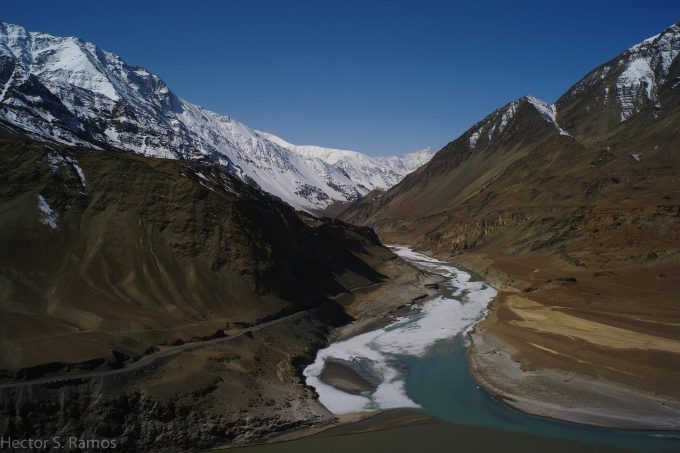
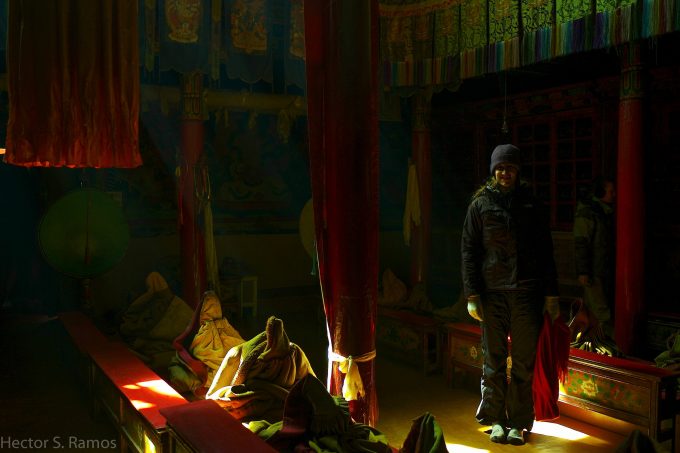
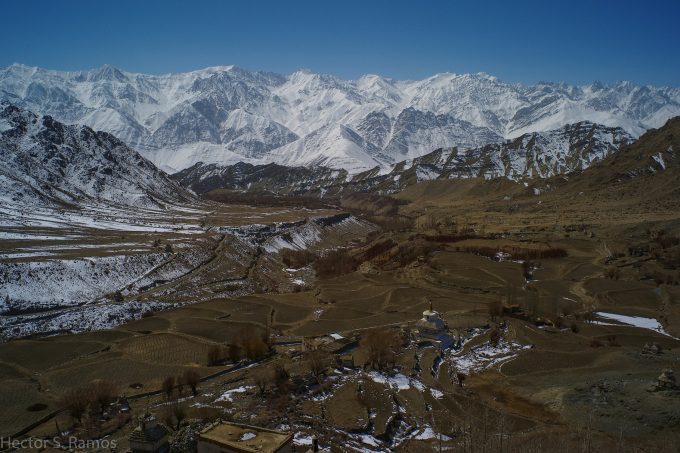
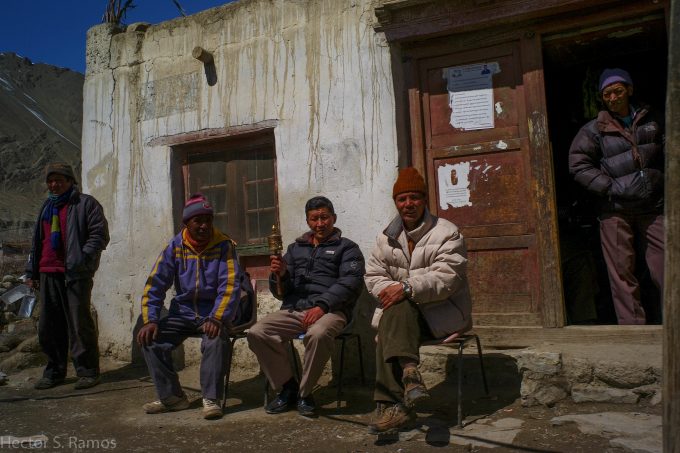
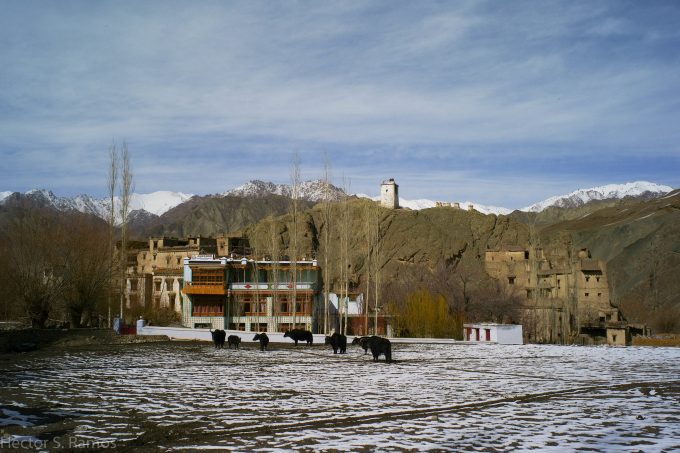
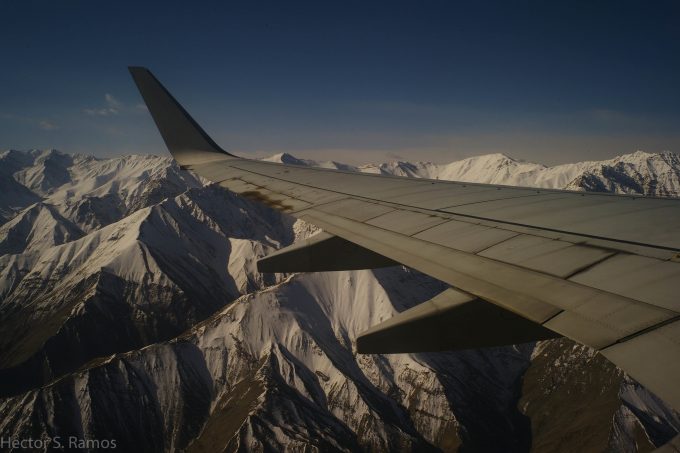


Awesome landscape. Great shots!!!
Very nice, but I think they are a bit dark. Is that what you were looking for?
nice photos. did you use a 35mm lens for most of these?
Awesome Planet Earth!
The colors of your pictures are simple, bright and lush. Your M9’s colors and Velvia render the colors ‘punchier’. How lucky you are to travel so far and witness this rich spiritual place.
Magnificent!
Rob